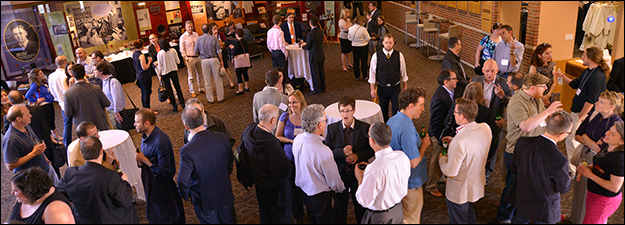Late European Merlins
Sponsoring Organization(s)
Société Internationale des Amis de Merlin
Organizer Name
Anne Berthelot
Organizer Affiliation
Univ. of Connecticut
Presider Name
Florence Marsal
Presider Affiliation
Univ. of Connecticut
Paper Title 1
"Searchers of Antiquities": Early Modern Representations of Merlin as Fabulist and Historian
Presenter 1 Name
Sarah Connell
Presenter 1 Affiliation
Northeastern Univ.
Paper Title 2
Merlinus Anglicus: Seventeenth-Century Street-Corner Prophet
Presenter 2 Name
Keith C. Russo
Presenter 2 Affiliation
Western Michigan Univ.
Paper Title 3
Merlin's Murder Mysteries: The Portuguese Ines de Castro Legend and the "Tale of the Shriek"
Presenter 3 Name
Barbara D. Miller
Presenter 3 Affiliation
Buffalo State, SUNY
Paper Title 4
Merlin, the Clown, and the Queer in Rowley's The Birth of Merlin
Presenter 4 Name
Anita Obermeier
Presenter 4 Affiliation
Univ. of New Mexico
Start Date
15-5-2015 10:00 AM
Session Location
Schneider 1335
Description
Merlin scholarship tends to focus on the origins of the character and the first texts he appears in. Yet, even though Merlin’s most famous literary appearances happen in 12th or 13th centuries texts, his career continues long after that, from the strange “autobiographical” tale composed by Baudouin Butor in 1292, to the folktale of Merlin-Merlot in the early 16th century, to Rowley’s satyric play, The Birth of Merlin: or, The Childe hath found his Father. Moreover, a number of new-comer characters in late Arthurian romances clearly present traits that make them copies of or variations on Merlin, or, alternately, Merlin is inserted in stories where he is not expected. This session will present papers focusing on such late representations of Merlin through Europe, between the late 13th and early 17th centuries.
Anne Berthelot
Late European Merlins
Schneider 1335
Merlin scholarship tends to focus on the origins of the character and the first texts he appears in. Yet, even though Merlin’s most famous literary appearances happen in 12th or 13th centuries texts, his career continues long after that, from the strange “autobiographical” tale composed by Baudouin Butor in 1292, to the folktale of Merlin-Merlot in the early 16th century, to Rowley’s satyric play, The Birth of Merlin: or, The Childe hath found his Father. Moreover, a number of new-comer characters in late Arthurian romances clearly present traits that make them copies of or variations on Merlin, or, alternately, Merlin is inserted in stories where he is not expected. This session will present papers focusing on such late representations of Merlin through Europe, between the late 13th and early 17th centuries.
Anne Berthelot

